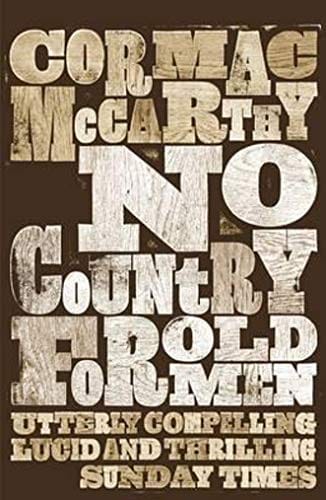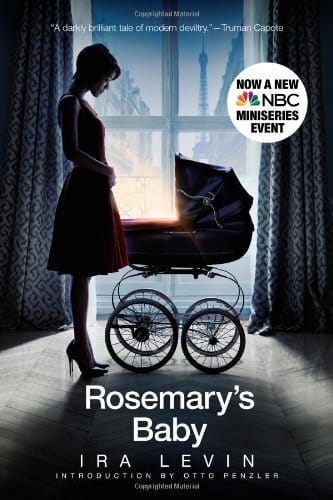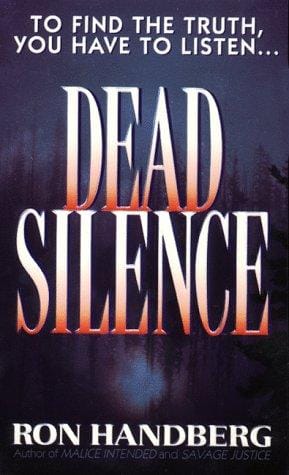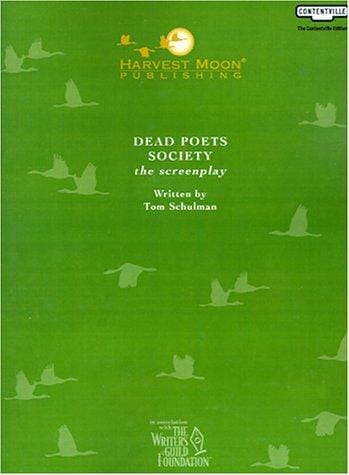No Country for Old Men – A Timeless Thriller That Redefined Modern Westerns
Explore why "No Country for Old Men" remains a landmark neo-western thriller, blending Coen Brothers’ craft with Cormac McCarthy’s fatalistic prose.

The Enduring Allure of "No Country for Old Men"
Released in 2007, the Coen Brothers’ "No Country for Old Men" is more than another stylish crime thriller. Adapted from Cormac McCarthy’s acclaimed 2005 novel, the film melds neo-western aesthetics with philosophical meditations on fate, violence, and aging. Its sparse dialogue, brooding cinematography, and unforgettable performances create a cinematic experience that lingers long after the credits roll. A decade and a half later, audiences still dissect its cryptic ending, proving its lasting cultural footprint.
A Plot Driven by Consequence
The story is deceptively simple. Llewelyn Moss, a Vietnam veteran played by Josh Brolin, stumbles across a drug deal gone wrong in the desolate plains of West Texas. He finds a briefcase containing two million dollars and chooses to keep it. That decision unleashes a chain reaction of violence, leading cold-blooded hitman Anton Chigurh (Javier Bardem) and weary Sheriff Ed Tom Bell (Tommy Lee Jones) into an inexorable pursuit. The Coens strip away melodrama, allowing the brutal inevitability of action and retribution to drive tension.
Anton Chigurh: A Villain for the Ages
Every great thriller needs a memorable antagonist, and Chigurh is one of cinema’s most chilling creations. Bardem’s Oscar-winning portrayal turns a soft-spoken man with an unconventional captive bolt pistol into a near-mythic embodiment of death itself. His coin-flip speeches disrupt victims’ illusion of control, forcing viewers to confront life’s randomness. Unlike flamboyant movie villains, Chigurh’s calm rationality feels eerily plausible, making his presence all the more terrifying and memorable.
Minimalism Meets Mastery in Visual Storytelling
Roger Deakins’ cinematography coats the Texas borderlands in golden dusk and moonlit shadows, capturing both breathtaking vistas and suffocating interiors. The Coens famously rejected a musical score, a bold choice that amplifies ambient sounds—wind whipping across desert grass, the echo of boots on tile, the metallic clack of Chigurh’s weapon. This minimalism tightens suspense, demonstrating that silence can be more unsettling than orchestral swells.
Sound Design: Let Silence Speak
While the absence of music is striking, the film’s meticulous sound design deserves equal praise. Gunfire cracks like thunder, and each footstep on gravel reverberates with impending doom. The contrast between moments of near silence and sudden bursts of noise mirrors the story’s themes: quiet stretches of normality shattered by brutal violence. For students of filmmaking, "No Country for Old Men" remains a masterclass in how strategic sound choices intensify emotional payoff.
Exploring Themes of Fate and Morality
At its core, the film grapples with the inevitability of change and the erosion of moral order. Sheriff Bell’s opening monologue laments a world becoming "more violent than it ever was"—a sentiment echoing throughout the film. Yet, McCarthy and the Coens suggest that cruelty is timeless; only our perception evolves. Chigurh’s coin tosses symbolize blind chance controlling life and death. Moss, despite his resourcefulness, cannot outmaneuver destiny, illustrating the futility of resisting forces beyond human control.
Character Study: Sheriff Ed Tom Bell’s Quiet Despair
Tommy Lee Jones infuses Bell with folksy wisdom and growing resignation. His conversations with his uncle illuminate generational fatigue: the realization that evil persists, indifferent to human effort. The sheriff’s retirement decision embodies the film’s title—some struggles surpass endurance. Bell’s reflective narration bookends the story, reminding viewers that behind every splashy crime headline lies a weary guardian grappling with existential dread.
Faithful Yet Inventive Adaptation
The Coen Brothers are known for dark humor, but here they honor McCarthy’s bleak prose with unflinching fidelity. Many scenes lift dialogue verbatim from the novel, preserving its sparse lyricism. However, the Coens add cinematic flourishes—the silent cat-and-mouse sequence in the hotel, breathtaking roadside night shots—that translate literary tension into visual form. Their respect for source material without relinquishing directorial identity is a blueprint for successful adaptations.
Cultural Impact and Awards
"No Country for Old Men" dominated the 2008 awards season, winning four Academy Awards, including Best Picture, Best Director, Best Adapted Screenplay, and Best Supporting Actor. Its influence extends beyond trophies. The film reignited interest in contemporary Westerns, paving the way for projects like "Hell or High Water" and television’s "Yellowstone" universe. Its stark portrayal of violence also inspired countless thrillers to favor realism over stylized spectacle.
The Ending That Keeps Us Talking
Few finales ignite debate like Sheriff Bell’s dream monologue juxtaposed with Moss’s off-screen death. Critics argue whether the Coens intended a commentary on narrative closure or an invitation for introspection. Either way, the abrupt shift from cat-and-mouse chase to quiet reflection underscores the film’s refusal to offer easy catharsis. By withholding a definitive resolution, the directors challenge viewers to grapple with uncertainty—mirroring both Chigurh’s philosophy and life itself.
Why "No Country for Old Men" Remains Essential Viewing
In an era of franchise overload and CGI bombast, "No Country for Old Men" proves that disciplined storytelling, complex themes, and grounded performances can still dominate box offices and critical lists. Its lean 122-minute runtime wastes not a frame; every scene advances character or theme. Whether you are a fledgling screenwriter seeking structure lessons, a cinephile craving atmospheric tension, or simply someone who loves a gripping narrative, this film delivers on all fronts.
Final Thoughts
"No Country for Old Men" endures because it operates on two planes: a nail-biting thriller and a meditation on humanity’s ageless dance with violence and fate. The Coen Brothers’ technical mastery, combined with Cormac McCarthy’s grim worldview, crafts a movie unmarred by time. As Sheriff Bell quietly admits, the world will keep turning, peril will keep coming, and stories like this will remain painfully relevant—making the film a touchstone for generations of filmmakers and audiences alike.



